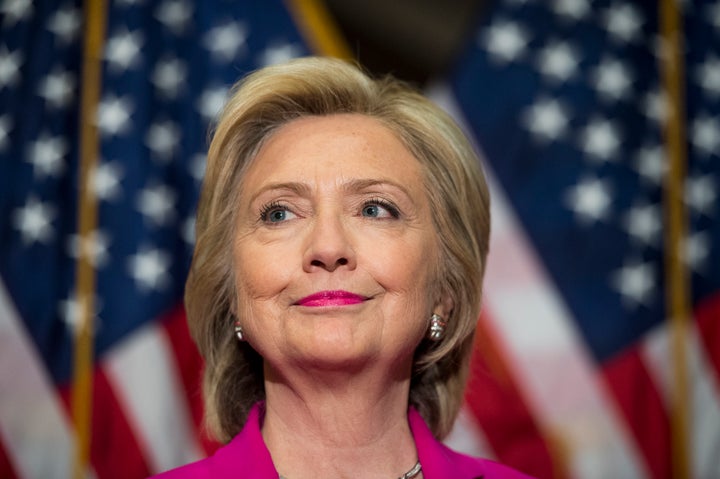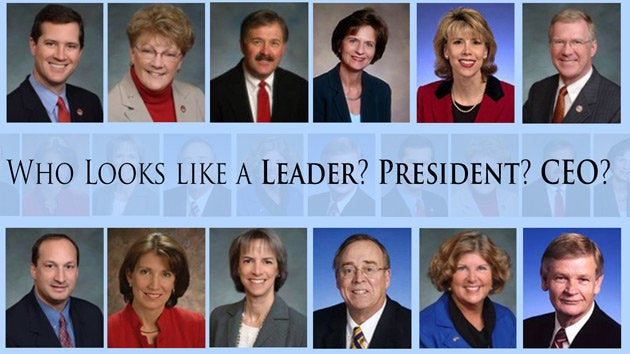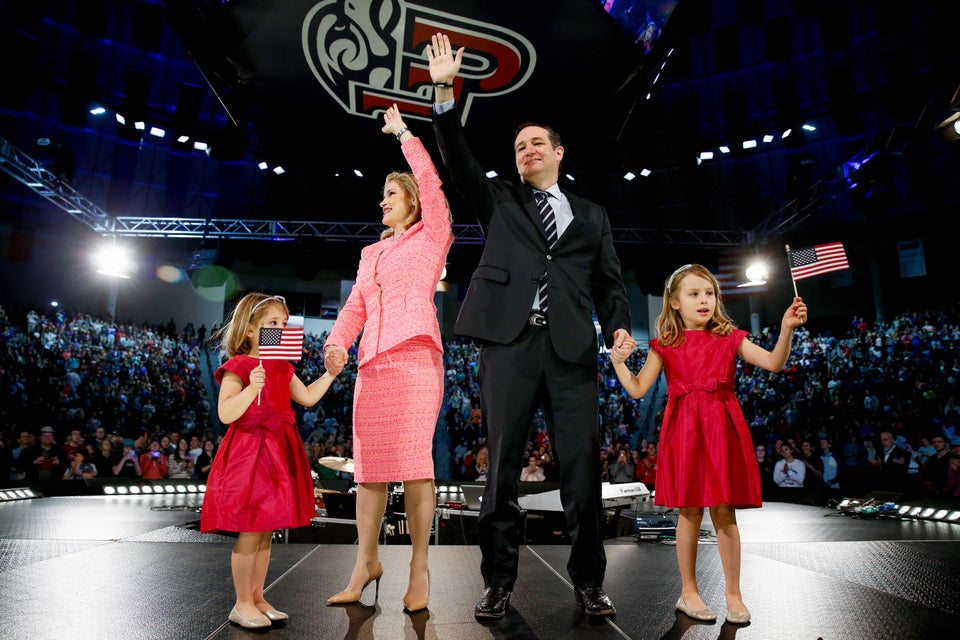
Presidential candidates Hillary Clinton and Carly Fiorina will have a more challenging time than their male opponents convincing voters that they're qualified to lead our country -- and it's all because of how gender bias emerges in the voting booth.
Female candidates have to be more qualified than their male opponents to succeed in an election because many voters have a hard time seeing women as leaders, according to research conducted by Dr. Cecilia Hyunjung Mo, an assistant professor of political science at Vanderbilt University.
"Based upon my research, Hillary Clinton and Carly Fiorina have the challenge of clearly demonstrating to voters that they are more qualified than their male counterparts," she told The Huffington Post. "And they have the additional challenge of figuring out how to be more qualified in the ways that matter to most voters today."
Even if voters explicitly say that they are happy to have a female president, the research shows that their unconscious biases still can influence their candidate preferences, Mo said in the video below, released by the university on Monday.
For the research, published in the June edition of the journal Political Behavior, Mo asked 407 men and women in Florida to take the Implicit Association Test, a social psychology metric that measures the strength of a person's automatic associations and hidden biases.
In the test, participants had to pair traditionally male or female names and images with words such as "leader" or "assistant." Mo specifically decided to survey Florida residents because the percentage of female elected officials in Florida at the time of the research was similar to the national percentage: 23 percent of officeholders in Florida were women, versus 24 percent nationally.
Next, Mo asked the men and women in the group individually how they would vote in hypothetical elections involving two candidates. Some of the elections included a female candidate who was equally or more qualified than her male opponent.
Mo compared the participants' scores on the Implicit Association Test to how they voted in the hypothetical elections. She found that the average person who struggled to associate female names with leadership-themed words was more likely to vote for a male candidate -- even if the person explicitly said that they would support a female candidate and even if the female candidate was equally qualified for the job.

On the bright side, Mo noted that the influence of biases had less influence if the female candidate was clearly more qualified than the male opponent.
"Which is great news," Mo said. "However, if winning female candidates have to be more qualified on average than winning male candidates, then bias against women candidates is not necessarily an artifact of the past."
Mo's work is an example of how we're more likely to express sexism and racism in our unconscious thinking and behavior than in acts of overt bigotry, columnist Nicholas Kristof pointed out in an op-ed for The New York Times in June.
"This affects the candidates we vote for, the employees we hire, the people we do business with," he wrote. "I suspect unconscious bias has been far more of a factor for President Obama than overt racism and will also be a challenge for Hillary Rodham Clinton."
“This affects the candidates we vote for, the employees we hire, the people we do business with.”
- Nicholas Kristof
Mo noted that previous research on racial biases in presidential elections -- such as the 2008-2009 American National Election Study, which also included an Implicit Association Test -- has shown similar results.
In one of her previous studies, she found that the average voter more easily associated a white person's face with positive words than a black person's face.
"Those who particularly struggled to associate black faces with positive words were less likely to have voted for President Obama," she said.
What can be done to reduce the unfair biases that voters may bring to the voting booth?
Mo told HuffPost that to overcome these unconscious biases, we need to increase the representation of women and racial minorities in politics. By doing so, voters will see minorities in leadership positions more frequently, which can shift the way that their minds associate women and racial minorities with leadership.
“People are, in part, where they are because they haven’t seen a lot of female leaders,” Mo said. “What’s amazing is that many individuals, when they were given information about qualification differences, did choose the woman."
So elections may be more fair if voters are provided with more information about each candidate before and during voting. When voters are not provided additional information about a candidate, they may only use the simple cues that they do have -- such as that candidate's sex or race -- to make political judgments.
Being informed about candidates may "override the role that traits like candidate sex or race may play in their electability," Mo told HuffPost. "Additionally, it will help for people to be aware of their potential hidden biases."
Also on HuffPost:

